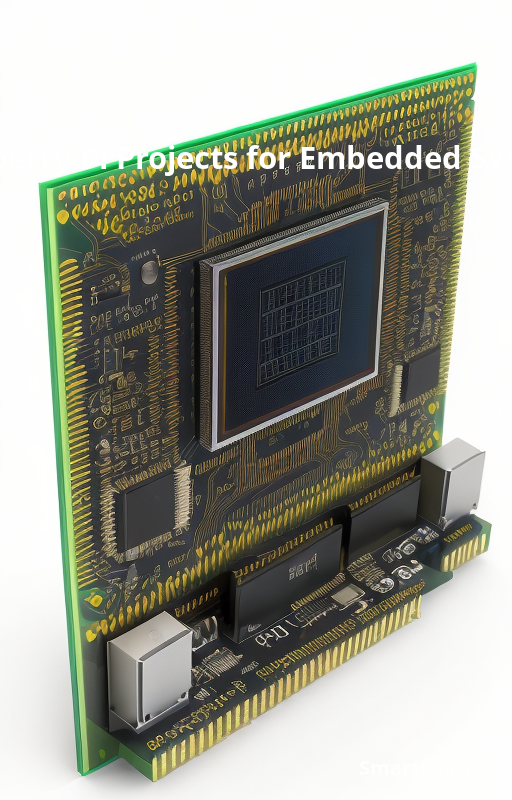
Raspberry Pi Projects for Embedded Systems
The textbook "Take your Embedded Systems Projects to the Next Level with Raspberry Pi" is designed to provide readers with a comprehensive understanding of how to use Raspberry Pi for a wide range of projects. This book focuses on exploring the possibilities offered by Raspberry Pi's powerful capabilities and demonstrates the steps required to create diverse embedded systems projects.
The authors begin by giving an overview of Raspberry Pi's computational power and connectivity features, highlighting why it is an ideal choice for building embedded systems. They emphasize the broad range of applications for which Raspberry Pi can be used, including home automation and robotics.
The text then delves into the specifics of utilizing Raspberry Pi for home automation. Various examples and case studies are provided to illustrate how Raspberry Pi can be integrated with different sensors and devices to create a smart home ecosystem. Topics such as controlling lights, temperature, and security systems using Raspberry Pi are covered in detail. The authors also discuss the use of voice assistants and mobile applications to interact with the smart home system.
The book extends its coverage to robotics projects using Raspberry Pi. It explains how to build and program a robot using Raspberry Pi's GPIO pins, servo motors, and other peripheral components. Readers learn about integrating sensors such as ultrasonic sensors, cameras, and motion detectors to provide the robot with vision and perception capabilities. The authors provide step-by-step instructions for programming the robot to perform tasks such as line following, obstacle avoidance, and remote control.
Furthermore, the book explores advanced topics such as image processing and machine learning using Raspberry Pi. Readers are introduced to the concept of computer vision and learn how to use Raspberry Pi's camera module to capture and process images. The authors explain how machine learning algorithms can be implemented on Raspberry Pi to enable object detection and recognition.
Throughout the textbook, the authors provide detailed explanations, practical examples, and code snippets to facilitate the readers' understanding and implementation of the projects. They also offer troubleshooting tips and best practices to overcome common challenges that arise during project development.
In conclusion, "Take your Embedded Systems Projects to the Next Level with Raspberry Pi" serves as an excellent guide for individuals interested in exploring the potential of Raspberry Pi for creating innovative and transformative embedded systems projects. By leveraging the computational power and connectivity features of Raspberry Pi, readers can learn how to build smart home systems, robots, and even delve into advanced topics such as image processing and machine learning. This comprehensive textbook equips readers with the knowledge and skills needed to take full advantage of Raspberry Pi's capabilities and push the boundaries of embedded systems development.

























































































































